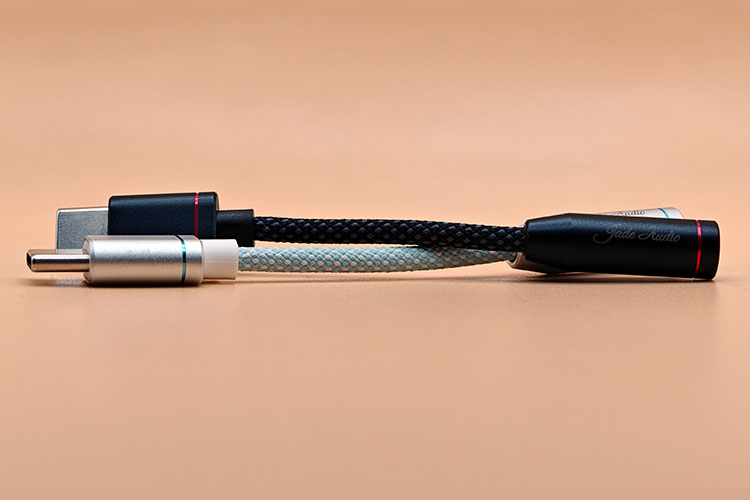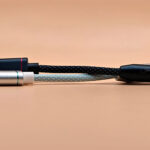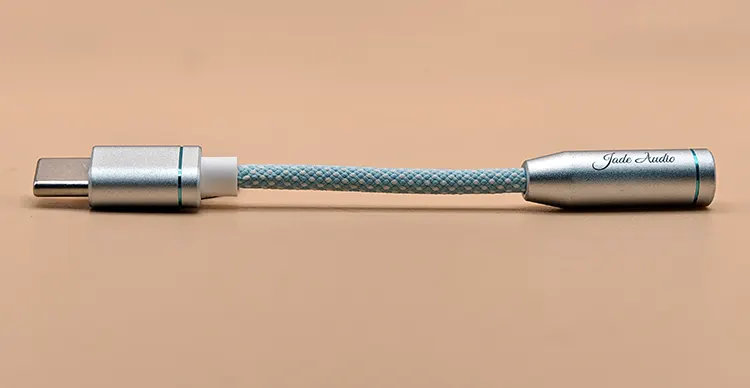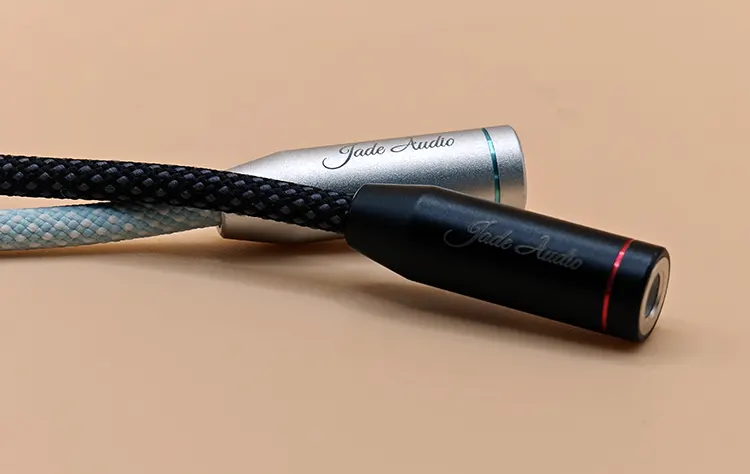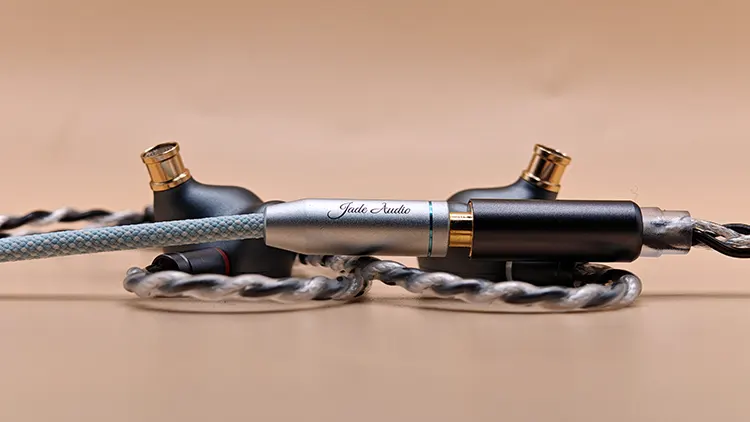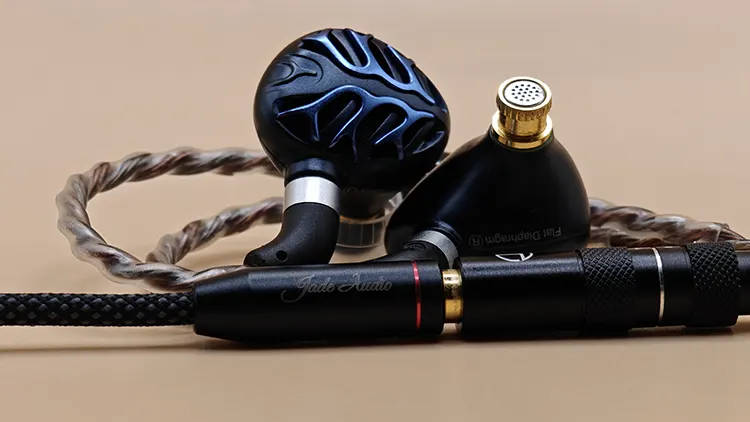In this feature, Kurt reviews the FiiO JA11, which is a very affordable 32BIT/384kHz capable USB-C dongle DAC for smartphone and iPhone users. It is priced at $14.99.
Disclaimer: This was sent to me as a sample in exchange for my honest opinion. Headfonics is an independent website with no affiliate links or services. I thank FiiO for its support.
You can click here to learn more about the FiiO audio products we have previously reviewed on Headfonics.
Note that this post follows our current scoring guidelines which you can read in more detail here.
FiiO recently launched the JA11, a new entry-level dongle geared towards first-time upgraders or budget audiophiles, and is compatible with smartphones and iPhones.
With a super affordable price tag of just $14.99, it slots neatly into their Jade Audio collaborative sub-brand alongside a ton of value-to-performance options such as its bigger sibling the KA11, and their entry-level headphones, the JT1.
The JA11 is a neutral-sounding single-ended dongle with a clean background, primarily suitable for IEMs and free from unnecessary heat building up during use.
How does it perform against equally budget-minded competitors such as the MOONDROP CLICK and the ubiquitous Apple USB-C dongle? You can read my full review below to find out my listening experience with the JA11 in more detail.
Features
The FiiO JA11 chipset wasn’t specified but supports decoding up to DSD128 and 32BIT/384kHz output. For MQA users, look elsewhere since it wasn’t specified that the FiiO JA11 supports it.
The power output of the FiiO JA11 isn’t that noteworthy. It’s only 30mW, which isn’t a lot of power but should be enough for most efficient IEMs.
It does support PEQ for those who EQ their gear via the accompanying FiiO Control app. This will give users full control over what kind of coloration, supporting multiple EQ presets and profiles.
It also supports microphone input for calls, audio recording, and more. This enhances its identity as one of the cheapest all-in-one portable dongles currently on the market.
Design
The FiiO JA11 has one of the best designs for a portable dongle I’ve tested. It corrects a lot of the issues I normally have with dongles.
Firstly, its physical length is short. This makes it feel like it’s part of the cable of my IEMs when plugging it to my phone plus there’s no wired inconvenience you feel with longer-length dongles hanging off a phone.
Secondly, it’s incredibly light. I genuinely couldn’t feel this when connected to my phone since it is only 5 grams in weight. Lastly, it doesn’t get hot at all. Other dongles would get hot after a few minutes, but the FiiO JA11 doesn’t even get warm.
I could use this for hours without worrying about it going hot. Its power drain is negligible as well with its 30mW of maximum output.
Its design is clean-looking and sturdy with aluminum-magnesium alloy plating for the UBS-C and 3.5mm. The word Jade Audio is printed on the 3.5mm end to show FiiO’s collaboration with them.
The cable is also high quality. Not only is it sturdy, but it’s also double-layer braided to prevent any breaking of its inner flexible silicone.
The FiiO JA11 is meant for portable use so it only offers a 3.5mm TRS single-ended output. There’s no 4.4mm or 2.5mm for balanced users. It would add to its size and cost if FiiO had added that defeating its purpose of being a portable king.
Controls
There are no buttons for volume control in the FiiO JA11. It’s a simple plug-and-play dongle DAC meaning volume is software controlled from the phone.
Despite its 30mW of power, this is enough for a wider range of IEMs. I didn’t have any problems powering my IEMs, whether it was a dynamic driver or a planar version.
It does support PEQ which is becoming a must-have for many audiophiles. The FiiO app has all the controls for tweaking the FiiO JA11’s output sound.
Wired Connectivity
USB-DAC
Using it on Windows 11, it’s plug-and-play. There is no need to download drivers elsewhere to make it work.
The sound quality is the same in Windows, Linux, and Ubuntu. I didn’t notice any changes in bitrate or sound quality from changing operating systems.
However, there is a firmware update for it that you can get from the FiiO website. It updates the FiiO JA11 to V1.7 firmware which fixes the channel imbalance in specific phones.
USB-OTG
As someone who frequently commutes, I could say using the FiiO JA11 as my commute dongle is heaven-sent. This form factor is what I have been looking for in a dongle.
The 30mW is underrated because other dongles can go way higher in power. However, with my usage, the dongle gives more power than I would need for my IEMs.
The other upside of this small form factor is that it fits easily inside my carrying case. My IEMs aren’t cramped up anymore.
Packaging & Accessories
FiiO kept it simple with this one. The FiiO JA11 is kept in a plastic Ziplock bag with two starter guides.
Aside from that, the accessory lineup is a bit spartan with just the green branded plastic bag and details about the technical stuff of the FiiO JA11 on the rear side.
Sound Impressions
Summary
The FiiO JA11’s tuning is one of the reasons I prefer it over a lot of similar dongles. In short, it’s neutral-sounding, which is the way I like it.
A dongle that does not add overt coloration to the sound is how it should be in my opinion. It adversely affected my IEM’s sound signature, but rather it produced a clean tone with good volume levels as and when I needed it.
Unlike other dongles, the JA11 didn’t hugely change my IEM’s instrument and channel separation. Rather, it left my gear sounding as I normally expect it to sound.
Using the IEMs that have my preferred tuning, the FiiO JA11 amplifies the experience. For those IEMs that aren’t to my taste, it just made them more objectionable given the transparency this dongle offers.
Timbre
The FiiO JA11 doesn’t modify the timbre. Whatever coloration the IEM you’re using offers, that is what you will get. This is consistent with how FiiO JA11 does it. People who strive to get pure neutral sound from their gear will appreciate this.
The one thing the FiiO JA11 does better is micro-detailing for the vocals. I could hear more of their vocal nuances which was a surprise. The detail retrieval does get a bit of a bump with the JA11 adding an improved level of contrast in the sound signature which in turn enhanced the vocal detail.
Staging & Dynamics
I tested staging on music and video games via a PC rather than my phone.
For music listening, the staging is average. It didn’t amplify the staging of any IEMs I used it with. For gaming, it’s also the same result. It depends on the gear used so I wouldn’t buy the FiiO JA11 expecting a superior gaming experience.
In essence, the FiiO JA11 is more of an extension rather than an amplifier for staging. However, for dynamics, it’s different. The dynamics here are weird for desktop use. With phone use, it works normally with no issues.
However, using it with a laptop or desktop system, I found software incompatibility with Apple Music in Windows 11. Even if I lower the volume in the app, it doesn’t seem to lower the actual listening levels.
I’ve only found this issue with the FiiO JA11 when doing A/B comparisons with different dongles.
Synergy
I’ve only done testing with IEMs for the FiiO JA11. I’ve tried multiple planars, hybrids, and single dynamic driver IEMs for this review.
Using my single dynamic driver IEMs, I had a smooth experience. I didn’t encounter issues such as insufficient loudness, volume imbalance, or hissing. Using planar and hybrid IEMs, I also had the same experience. I did have to crank up the volume higher to get the loudness I wanted but the JA11 coped quite well.
Despite the 30mW of maximum power, it doesn’t matter for IEMs. Needing more power would realistically put you at risk of hearing loss.
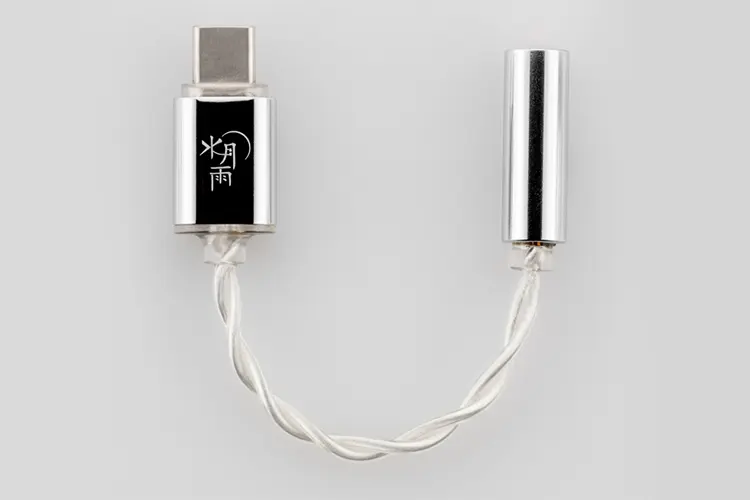
Select Comparisons
Moondrop Click
Technical
The Moondrop Click is an entry-level dongle. It features line-control operations and DSP support.
The measured mW output is less than 30 mW with an SNR of around 120 dB so, on paper, you shouldn’t be picking up noise at lower volumes, (more on the real experience in the performance section below). The Click weighs around 7.4 grams so it is lightweight and perfect for portability uses.
Design
The Moondrop Click has a CNC-carved shell with a 3.5mm and USB-C termination. It’s a reflective external finish that makes it stylish looking.
It uses a 2-strand customized oxygen-free, copper-silver plated, and shielded cable. The cable does look flimsy and easy to break though.
There’s printing on the USB-C end. I’m unsure what the character means but it’s either Moondrop or Click.
Aside from that, the build quality of the FiiO JA11 is better. The cable is thicker and sturdier, the metal is less of a fingerprint magnet, and there is zero heat build-up too.
Performance
The FiiO JA11 and Moondrop Click are both for portable use. Their differences lie in the overall user experience and reliability.
For sound differences, the Moondrop Click has a brighter tonality, adding a certain amount of coloration. Meanwhile, the FiiO JA11 is neutral with no added coloration.
My main plus point with choosing the FiiO JA11 is that it’s consistent in what it does. There’s absolutely no noise at low volumes when the volume level is low during playback.
My usage of the Moondrop Click can be summarized with 1 word: unreliable. The thing that grinds my gears is the low noise it produces.
Moondrop advertised it as having inaudible noise, but my experience says differently. there seems to be a problem with the MOONDROP DSP implementation. Even the MOONDROP May I own has this issue.
The FiiO JA11 doesn’t have these issues. I could put it in my carrying case and not worry about it breaking suddenly.
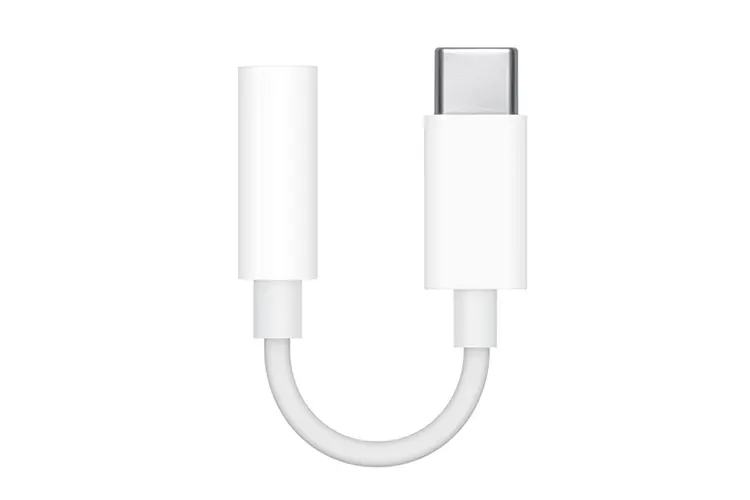
Apple USB-C to 3.5mm Dongle
Technical
This Apple dongle is probably the dongle that most people are familiar with, even non-iOS platform users.
It uses a Logic Cirrus chip as the DAC though the specific Logic Cirrus chip is unknown to me. The latest version is USB-C, however, you can still buy a Lightning to 3.5mm version for older models.
Design
The Apple dongle has an all-white design. Most Apple products follow this design so no surprise there. The cable isn’t specified as shielded for protection and it looks flimsy since it’s thinner than I would have liked for daily use.
There is nothing in terms of branding on the Apple dongle. It’s made out of plastic, but the 3.5mm and USB-C ends have a glossy finish. These two dongles have similar sizes. From my measurements, they’re both 3.5 inches long with similar width.
Weirdly enough, the Apple Dongle is 4 grams heavier than the FiiO JA11 though. Using better materials on the FiiO JA11 surely contributed to this.
Performance
Now for their sound, this part surprised me. Since the Apple dongle is widely recommended in the audio community, one would expect it to have a decent performance.
Well from my comparison with the FiiO JA11, it was severely outclassed. The biggest reason for this is the consistent neutral tone of the FiiO JA11.
The Apple dongle had several issues. The mids and treble of my tested IEMs have some heavy coloration. The mids had a dislikeable thinness and the treble yielded less detail retrieval since I wasn’t hearing nuanced notes that I normally would in my IEMs.
The FiiO JA11 didn’t have those issues at all. Plus, it can support wider bitrates and PEQ for my usage which the Apple dongle does not offer.
My Verdict
The FiiO JA11 has successfully figured out the high-affordable portable dongle experience. In exchange for less power, it’s smaller, and lighter, with zero heat build-up.
For IEM users on the go, this would be a great addition to your dongle needs. For headphone users, a more powerful yet bulkier dongle would fit your needs better.
Although the unboxing is lackluster, the usability is on point. Overall, the FiiO JA11 is one of the most competitive portable dongle DACs for smartphone and iPhone users who want to upgrade their audio experience for a super affordable price.
FiiO JA11 Technical Specifications
- Dimensions: 2.5 x 0.5 x 3.5mm
- Weight: <5 grams
- Decoding Formats: PCM 32bit/384kHz, DSD128
- Headphone Jack: 3.5mm Unbalanced
- Output Level: 30mW

